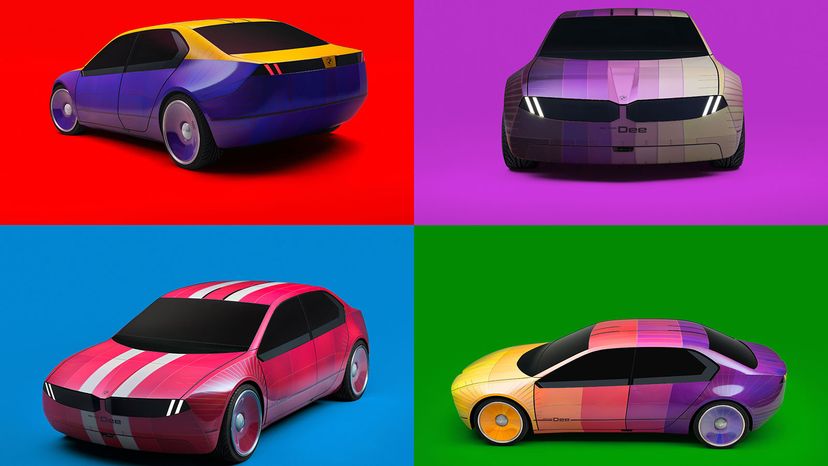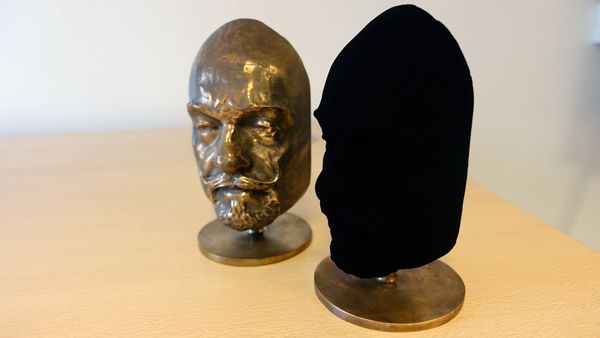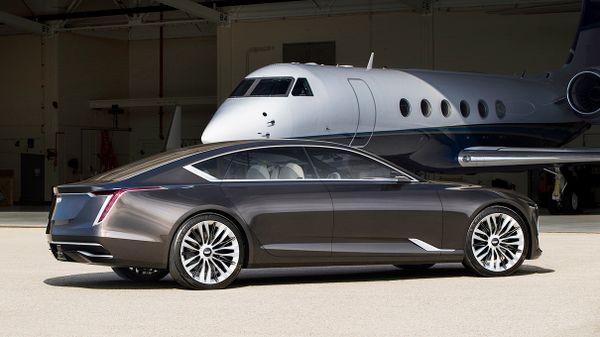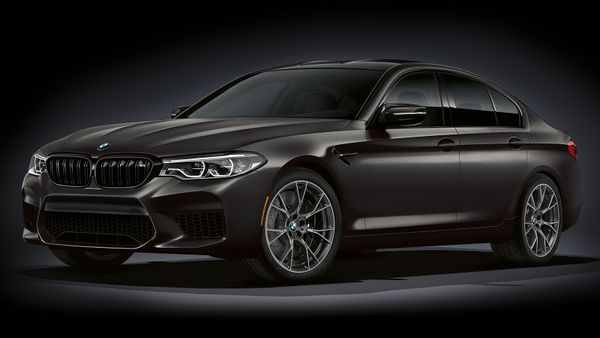
Like the offerings of most luxury automakers, the names of BMW models and trim levels can sometimes be a mouthful. Unless you're intimately familiar with the array of numbers and made-up words that represent engine power and features, the names are also likely completely meaningless to the average person.
Well, BMW has a couple new mouthfuls in the mix, the iX Flow featuring E Ink and the i Vision Dee concept cars. As usual, the names don't tell you much about them. These two, though, are a feast for the eyes unlike any other BMW, and any other car, out there.
Advertisement
BMW is known for using its concept cars to push the limits of aesthetics, like the Vantablack X6, the world's first and only vehicle with a light-absorbing Vantablack coating. Let's take a look at these cars and see how E Ink makes them unique.


